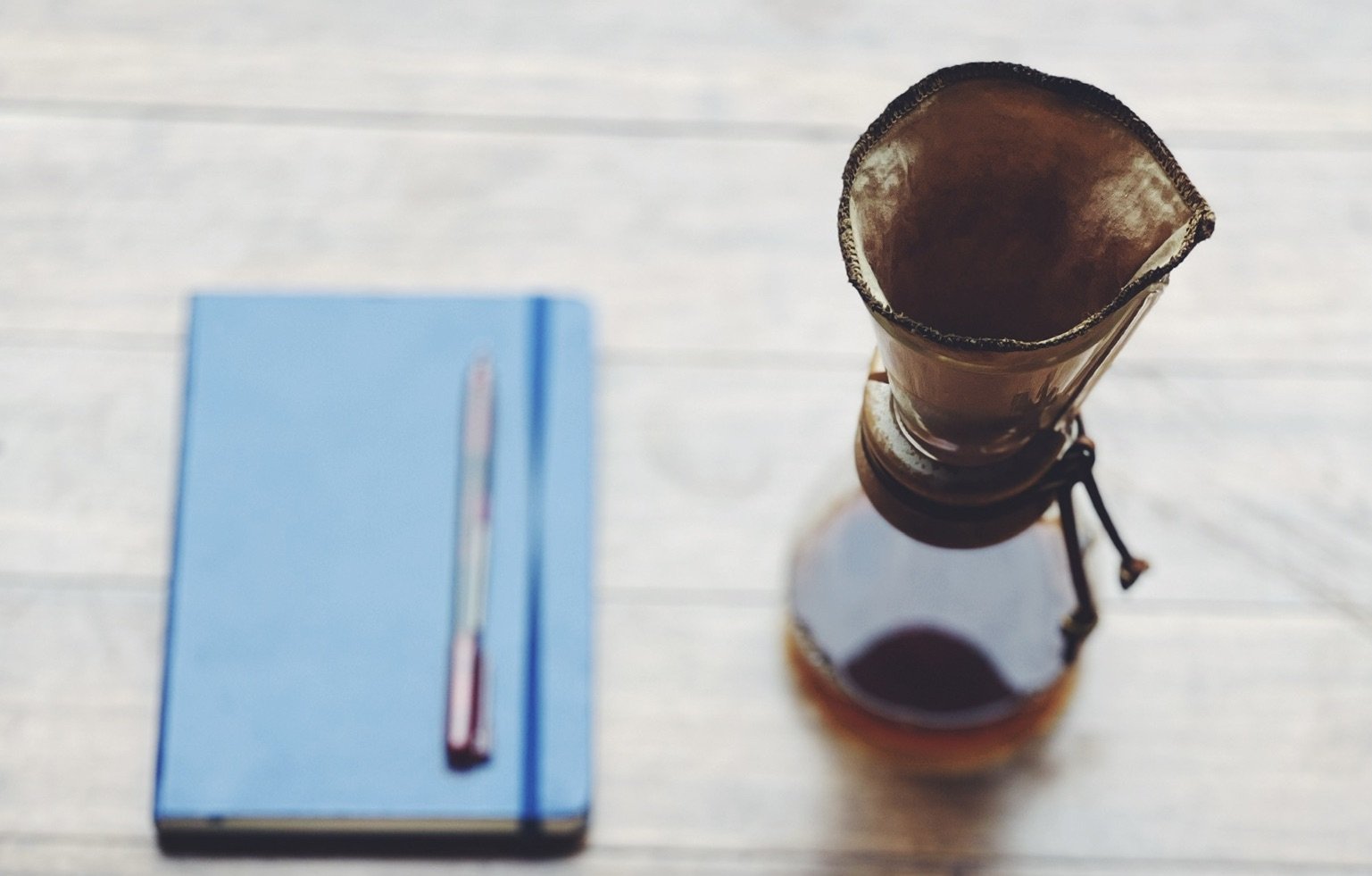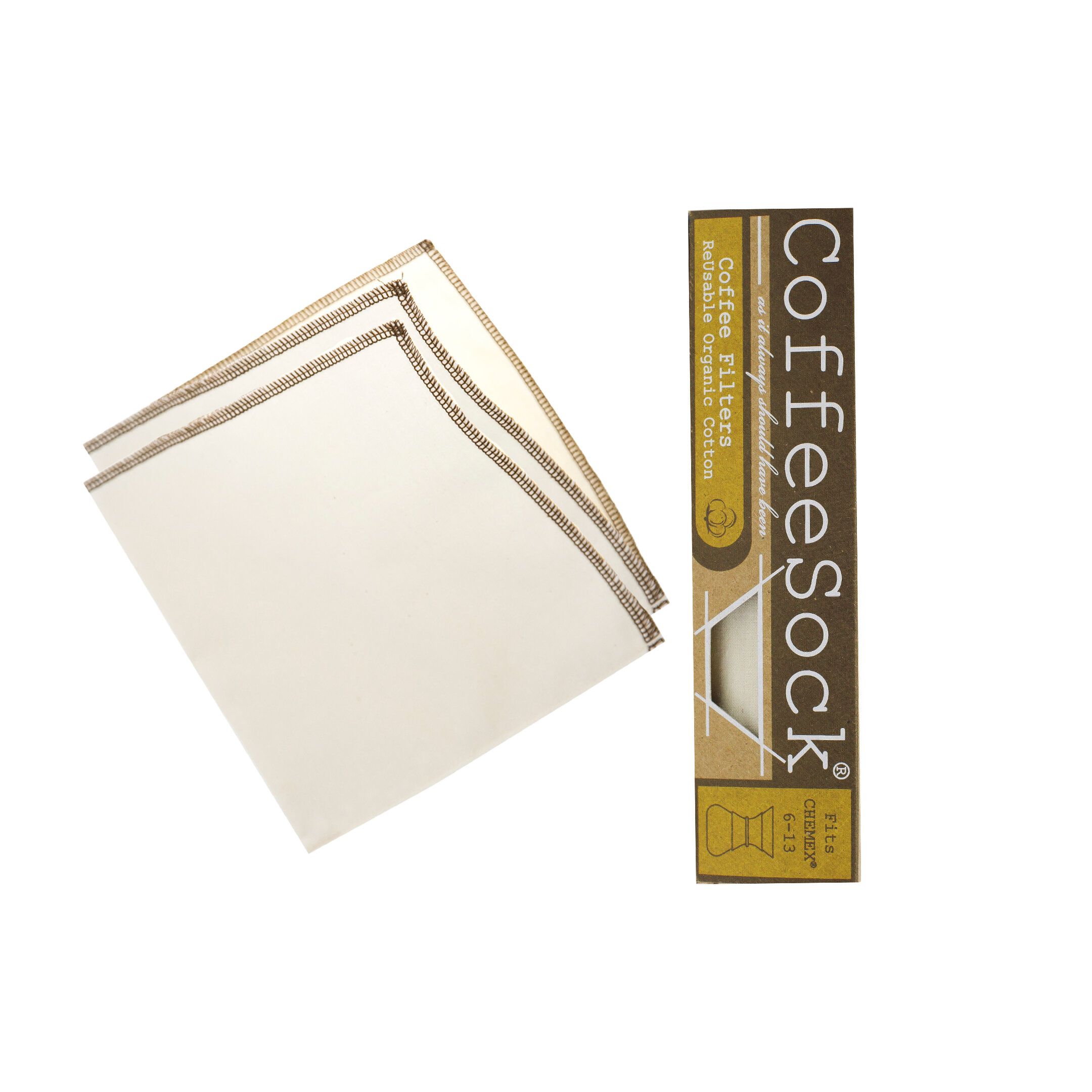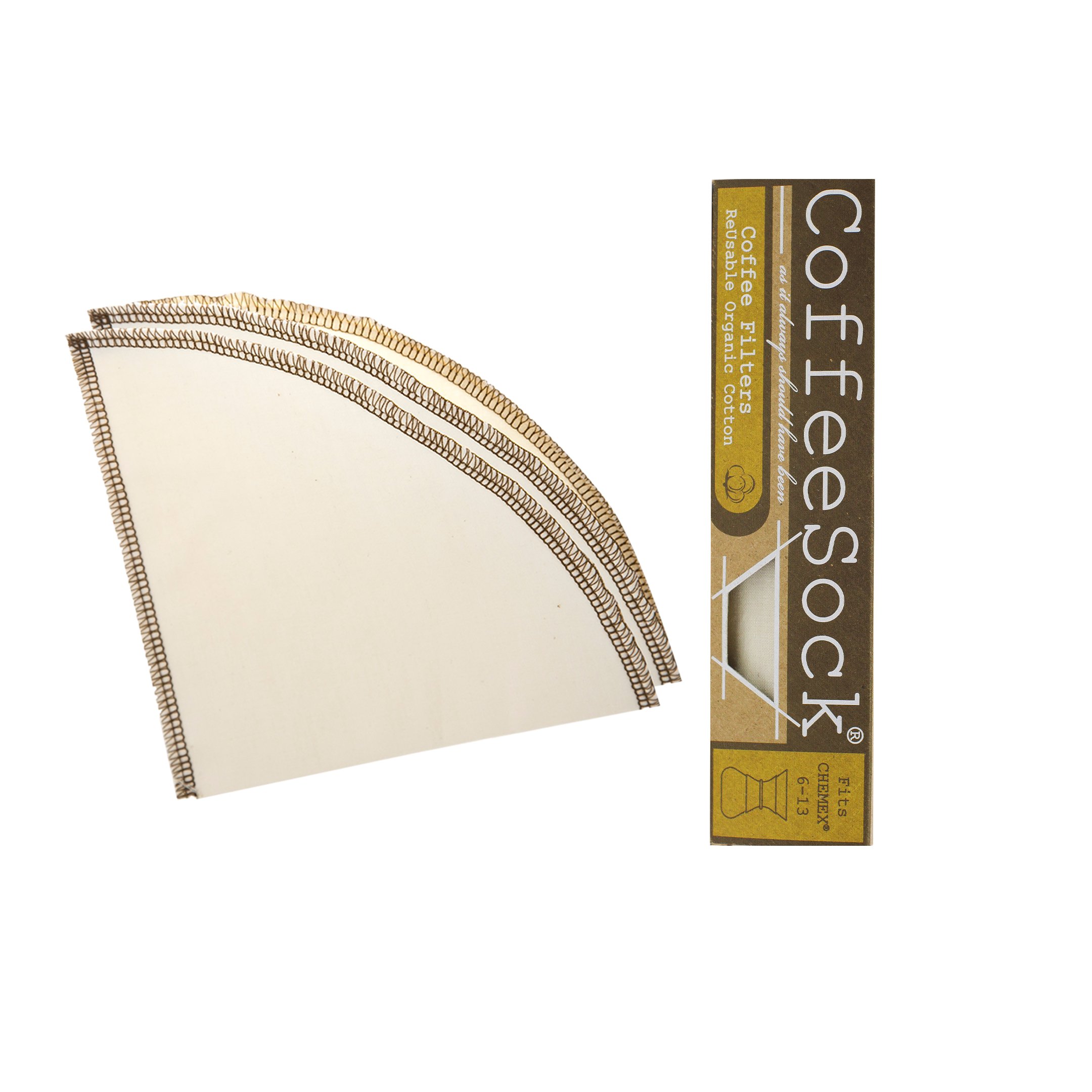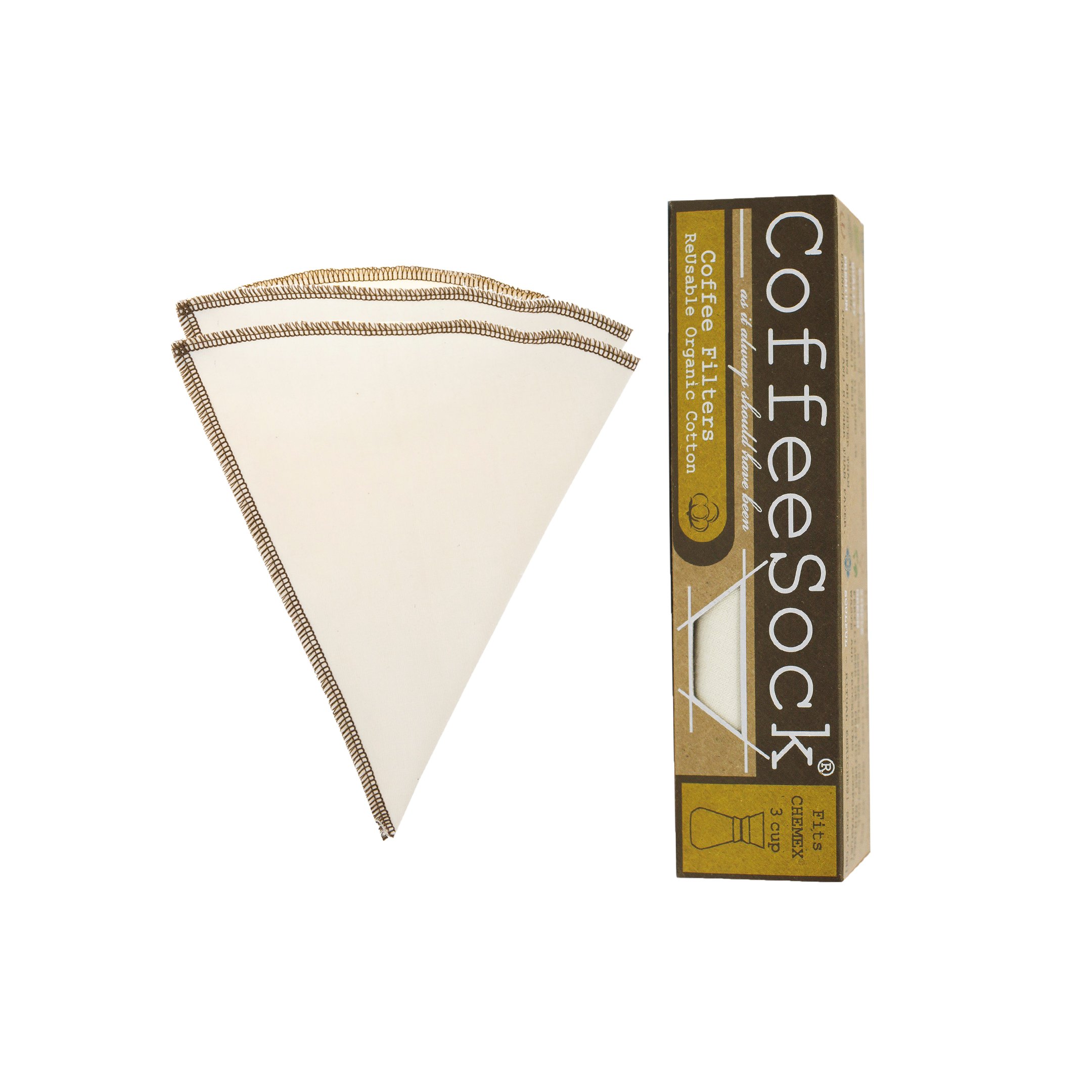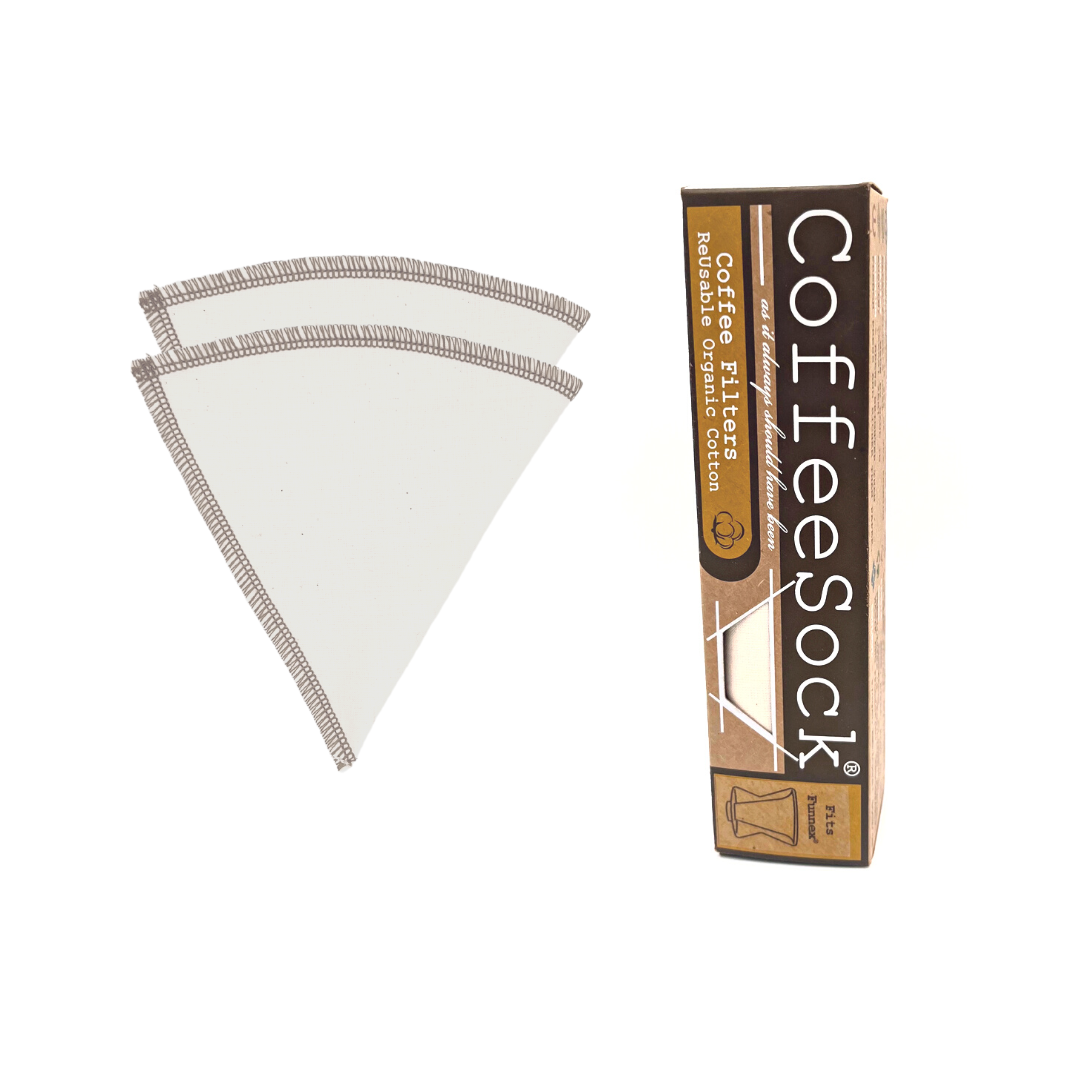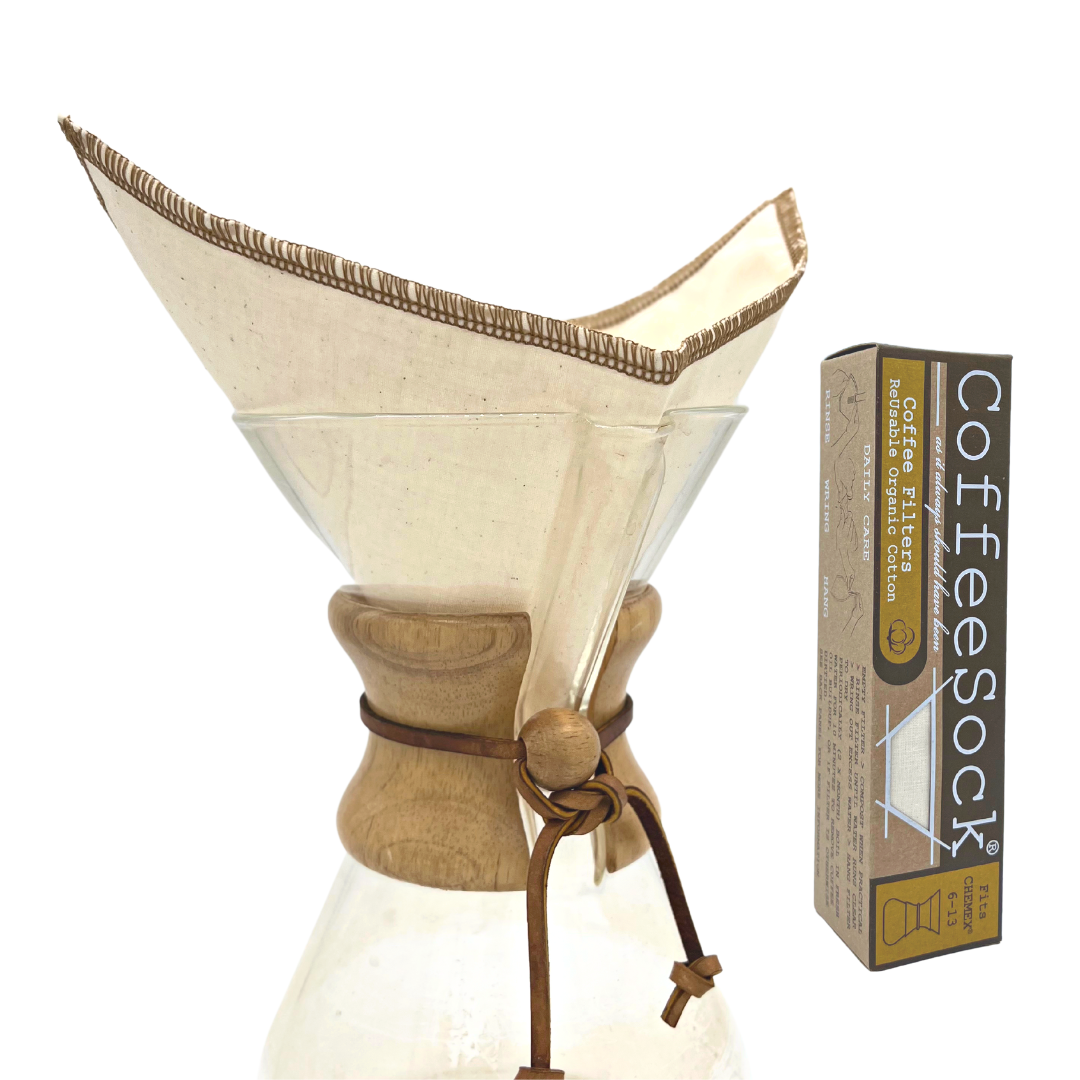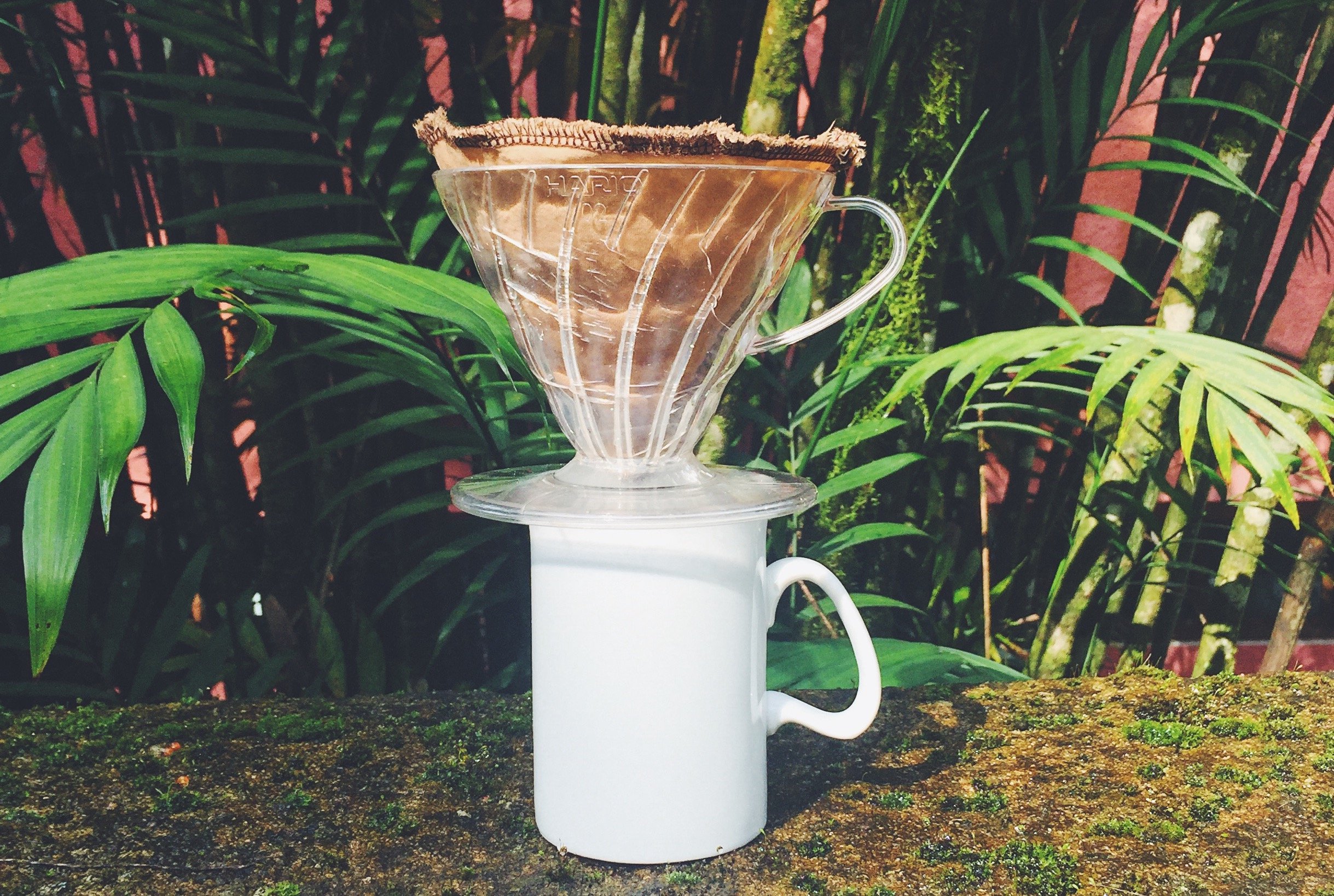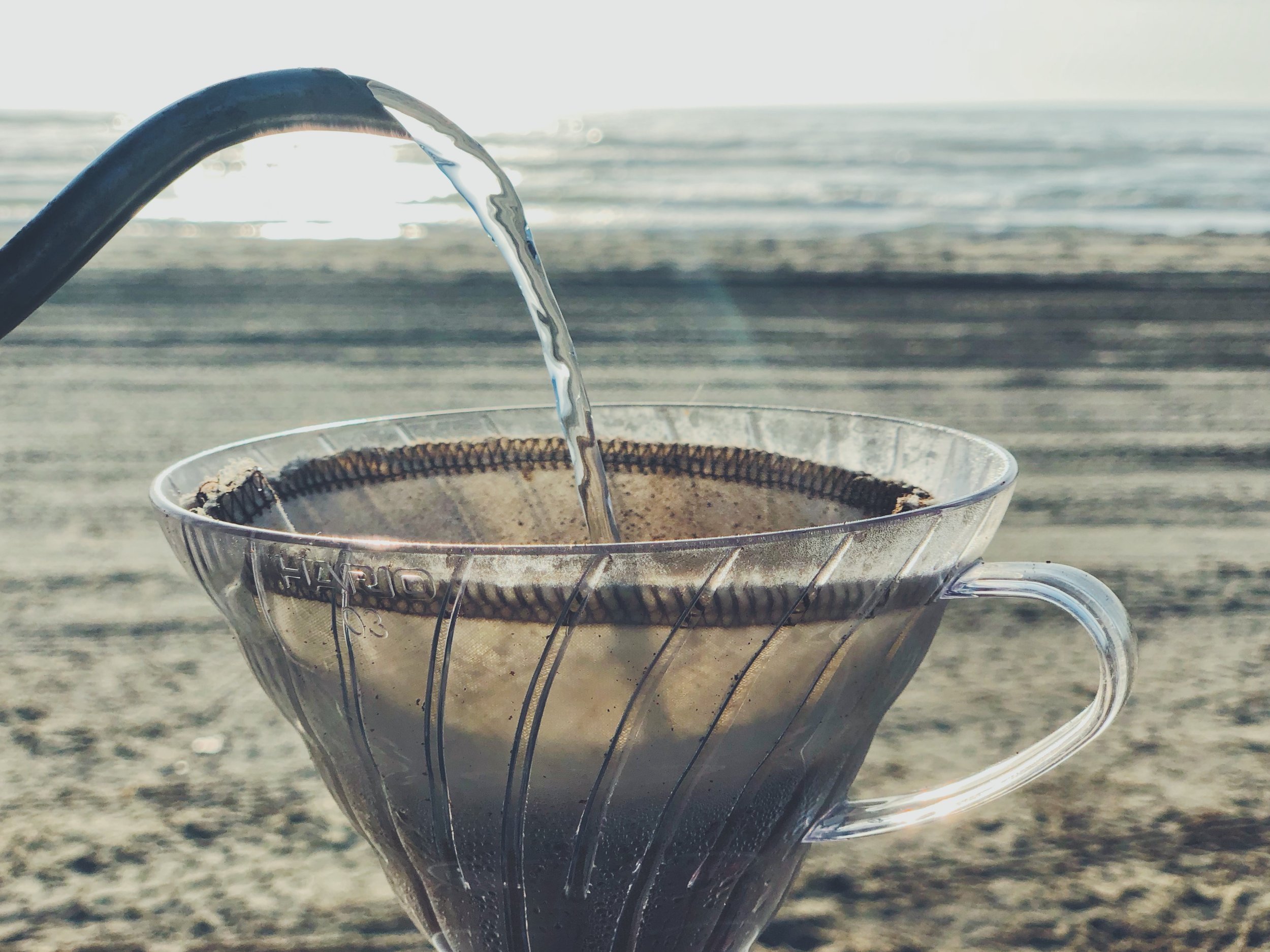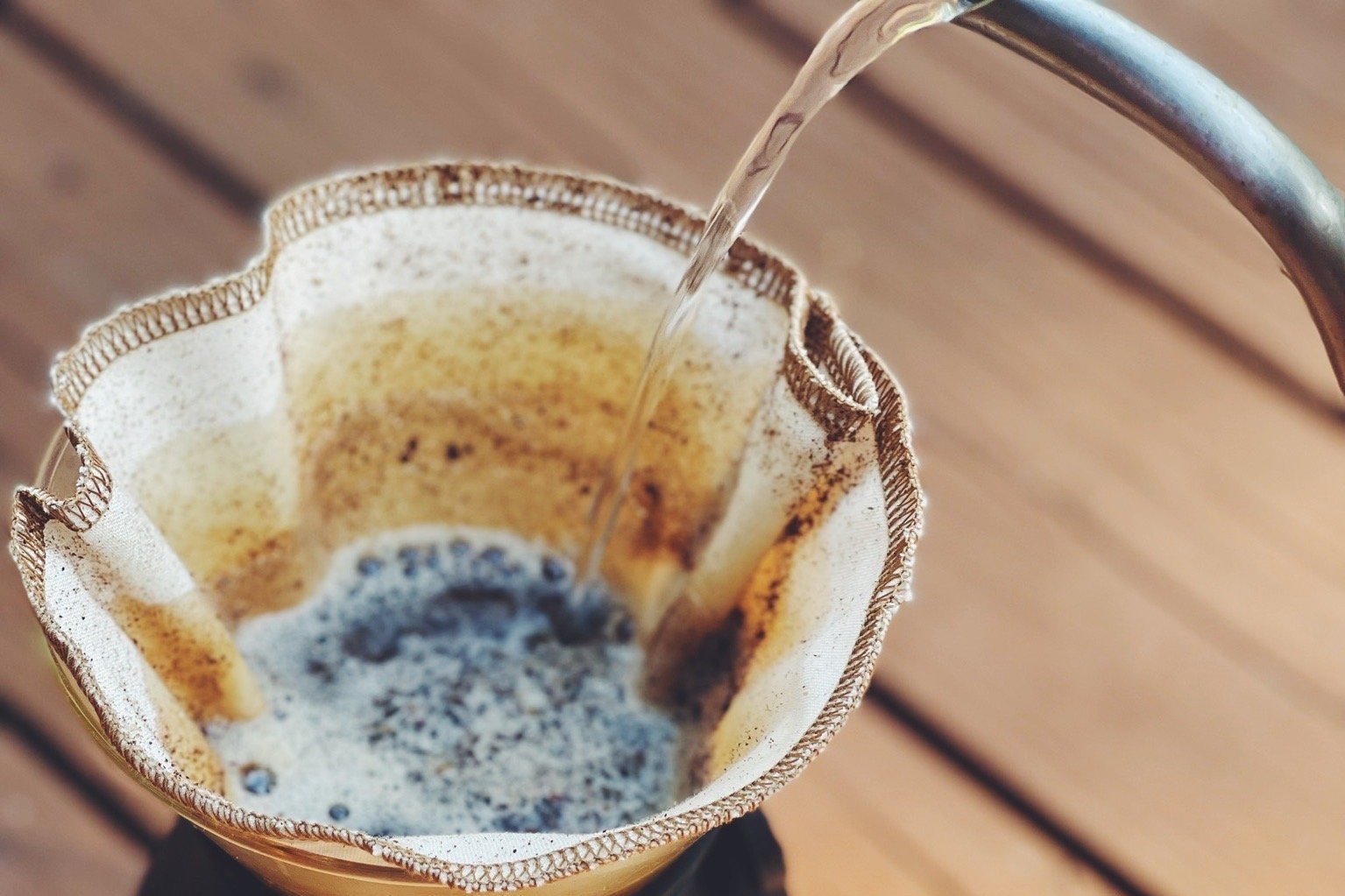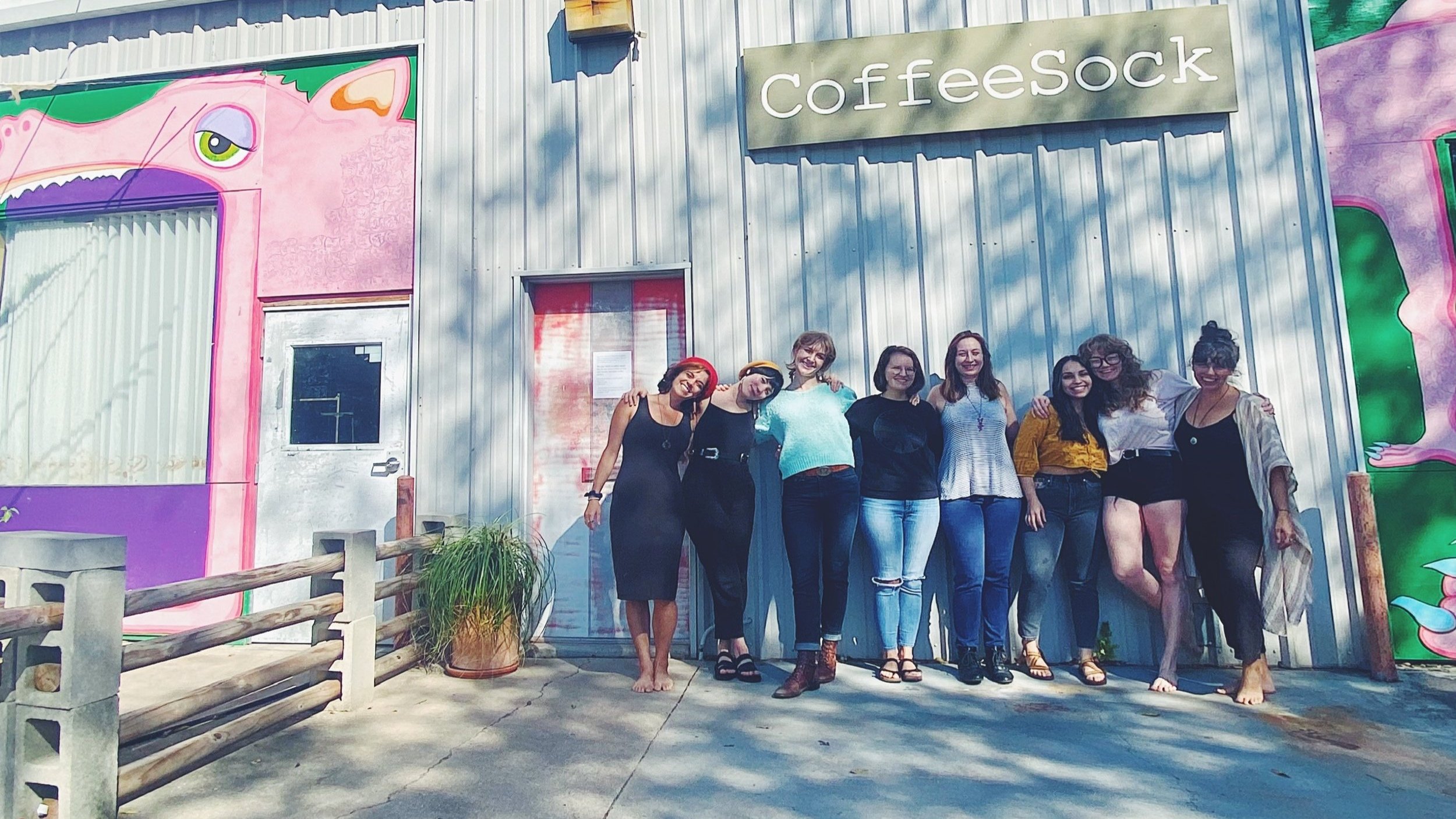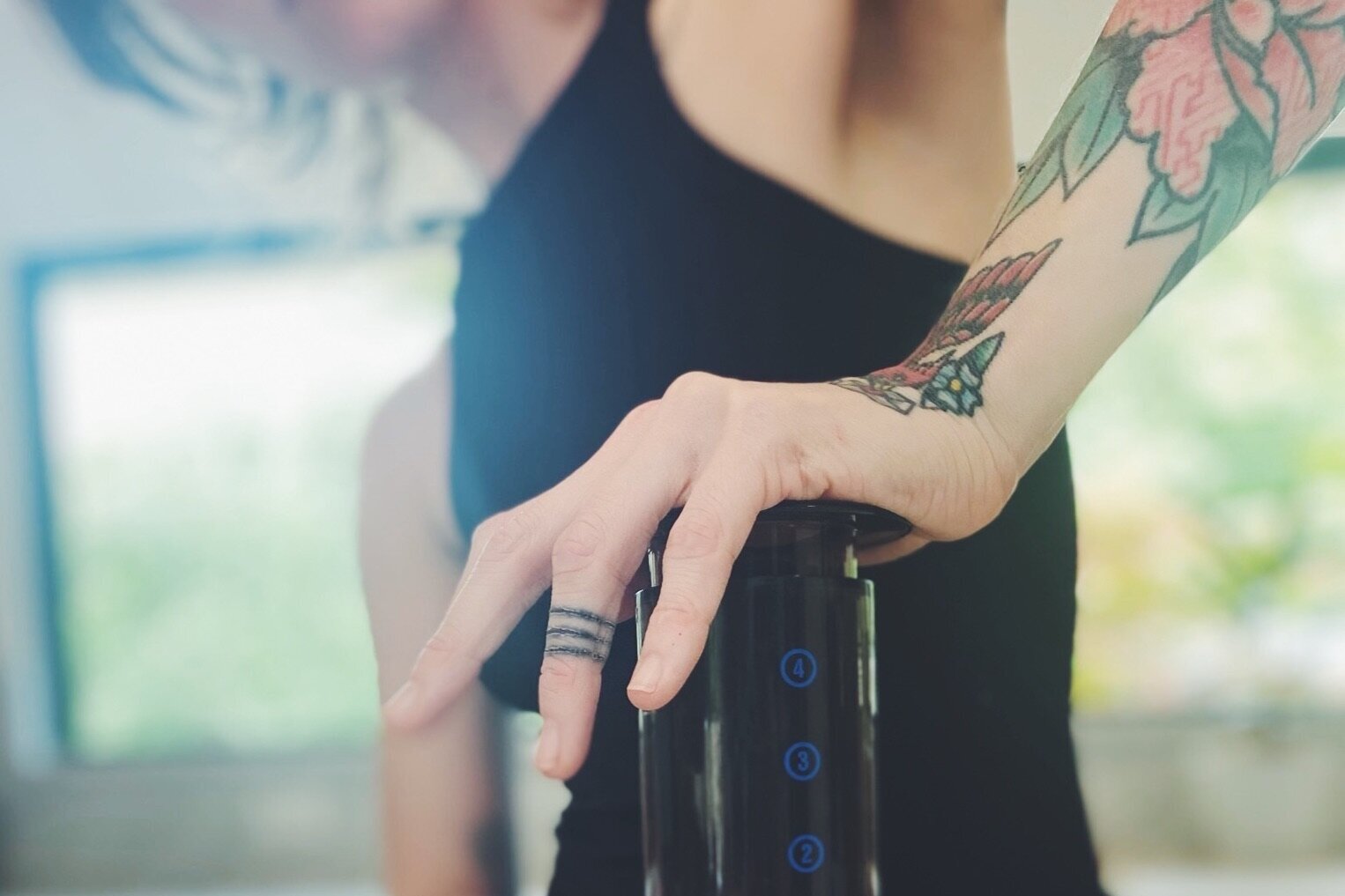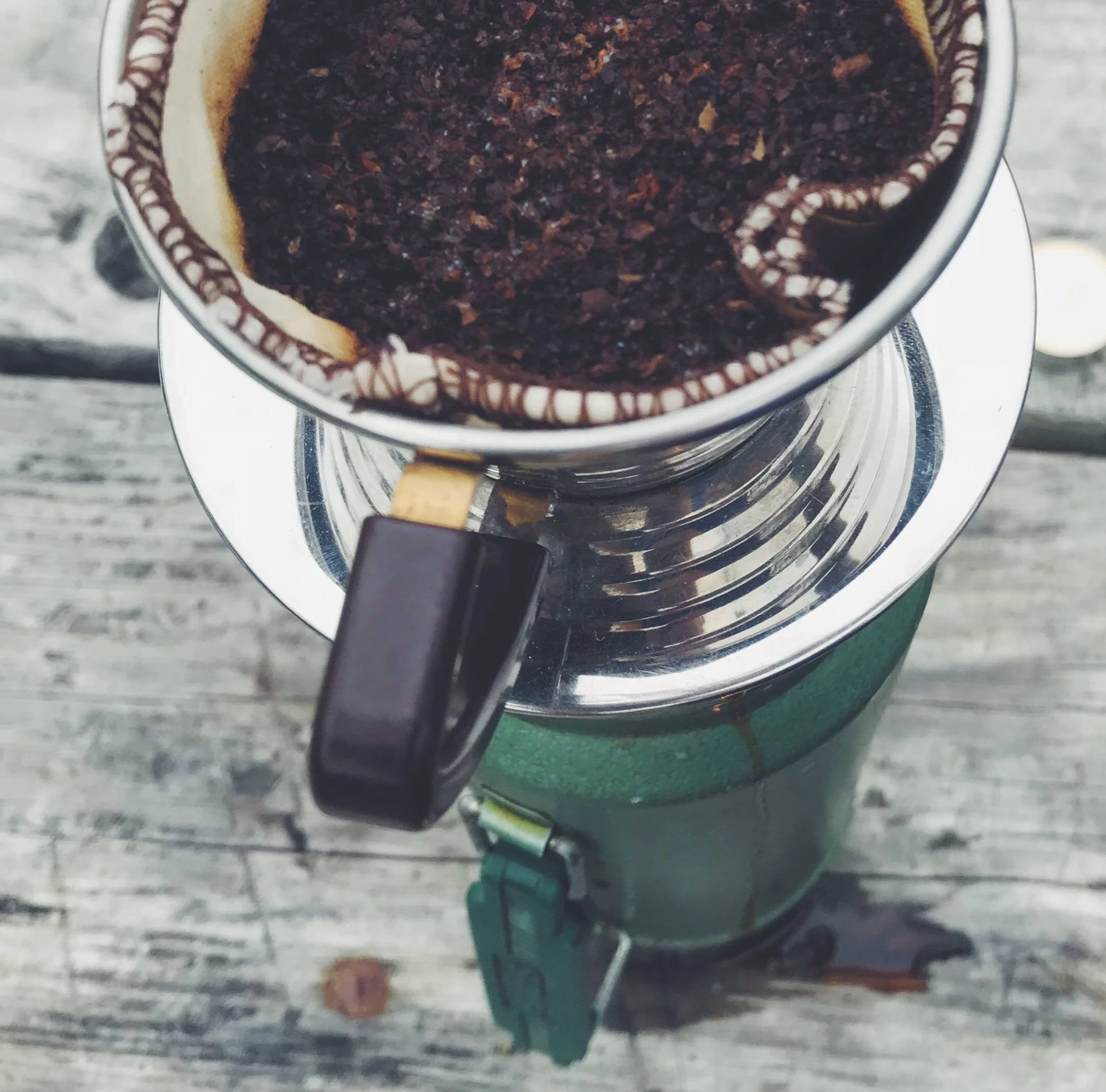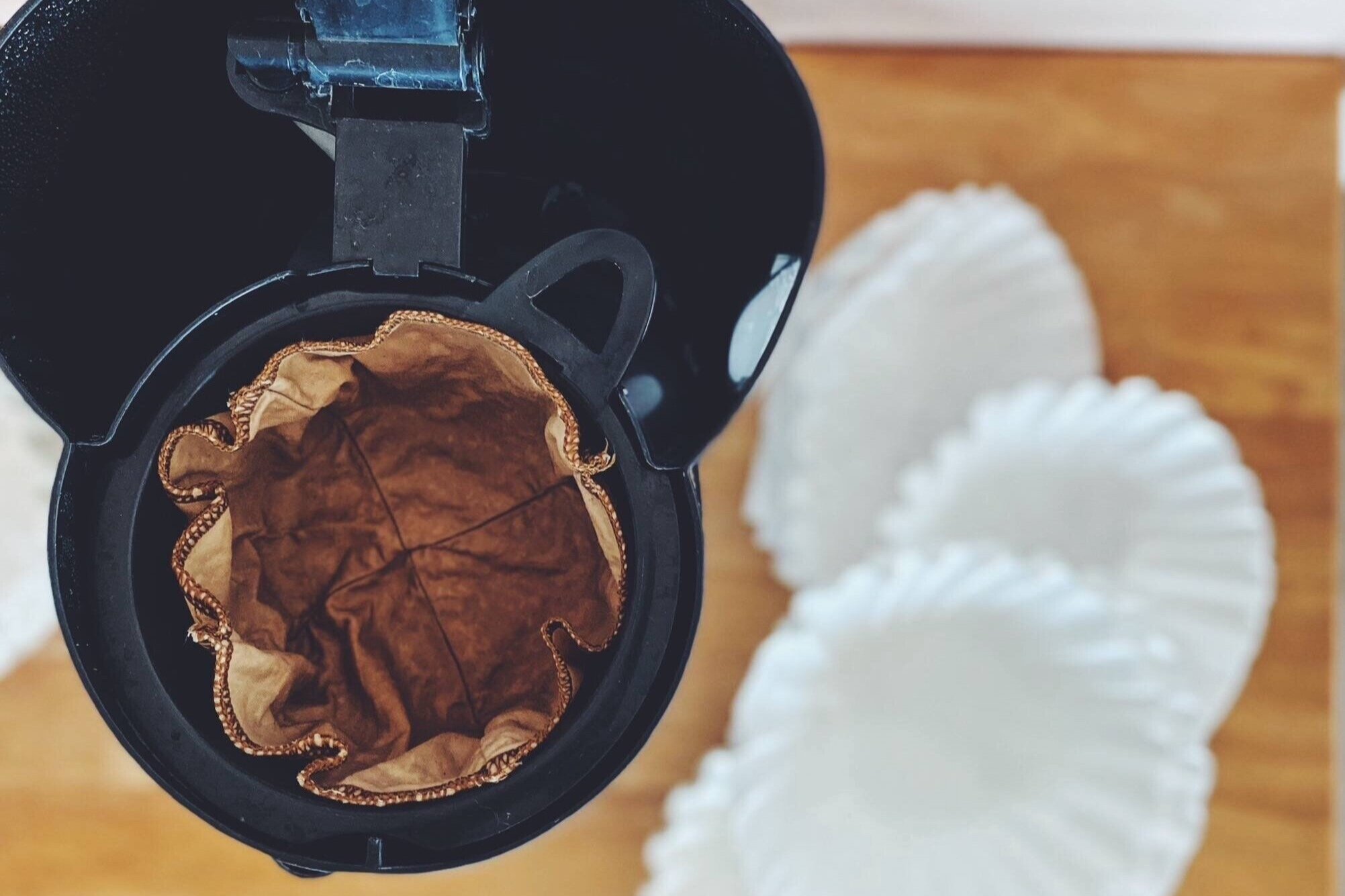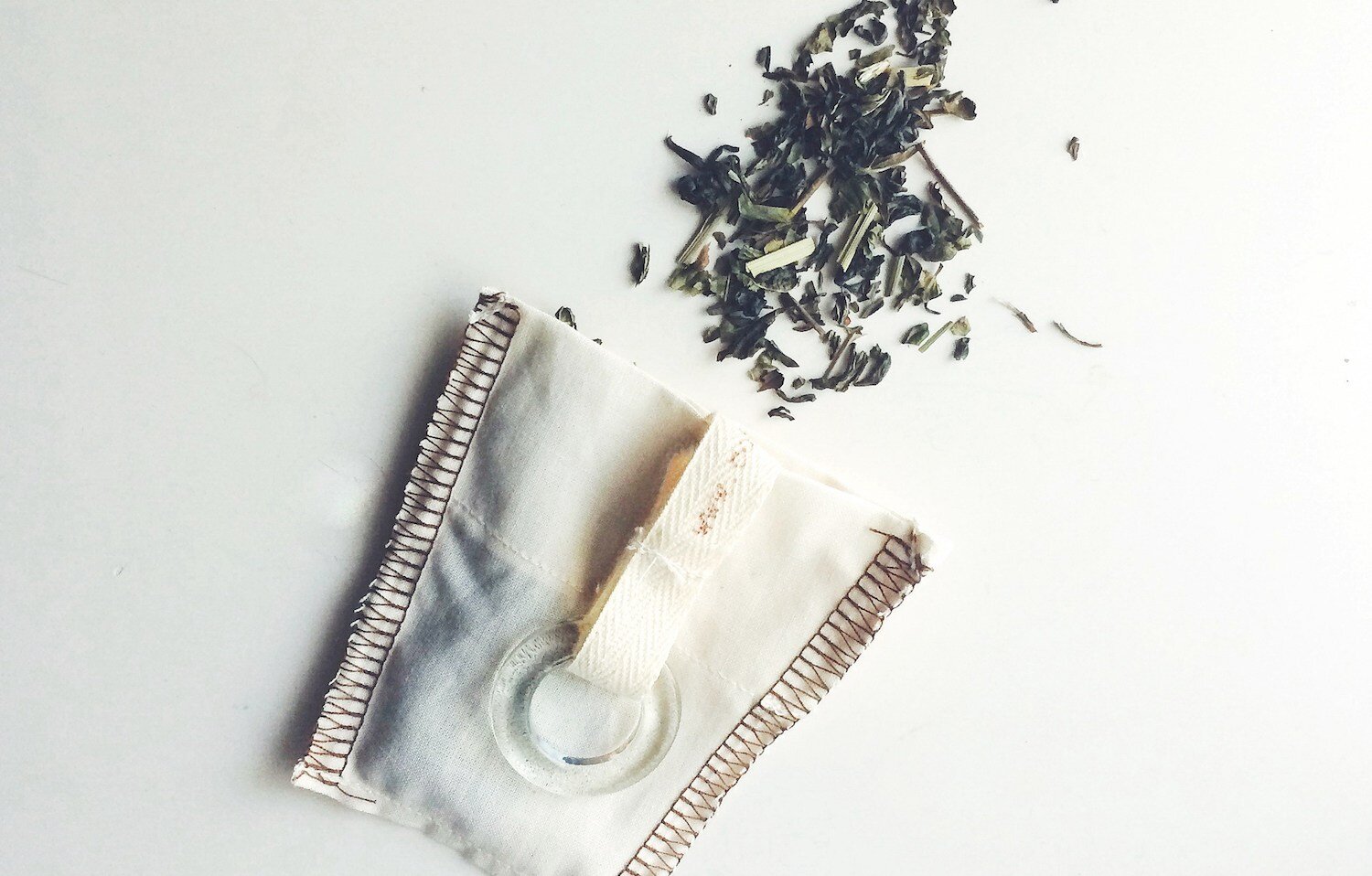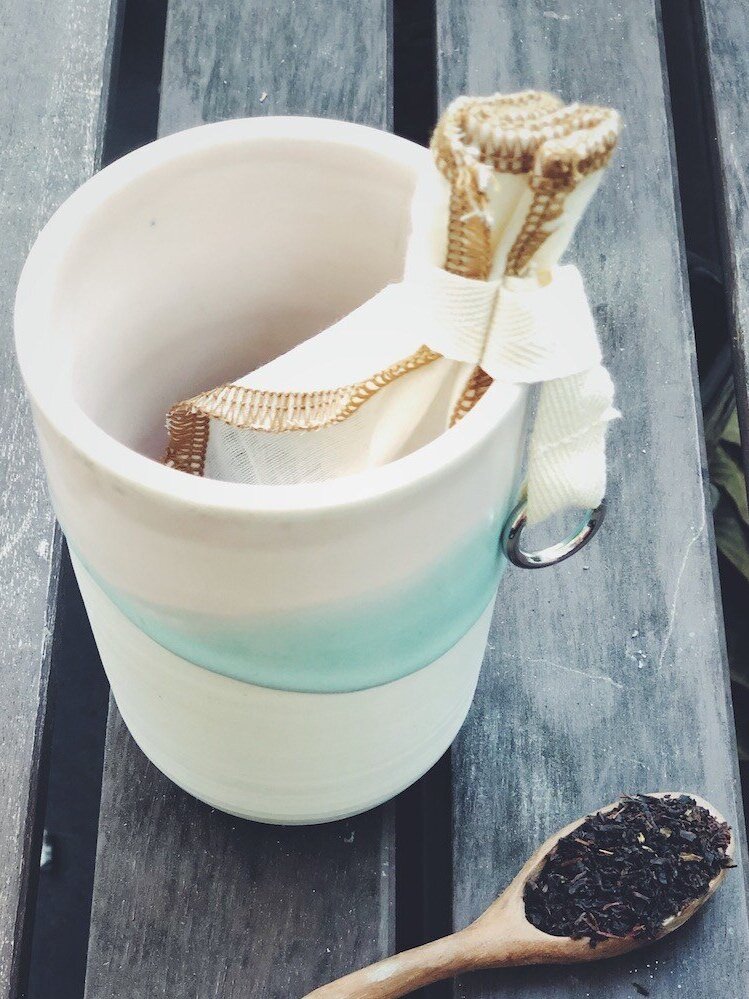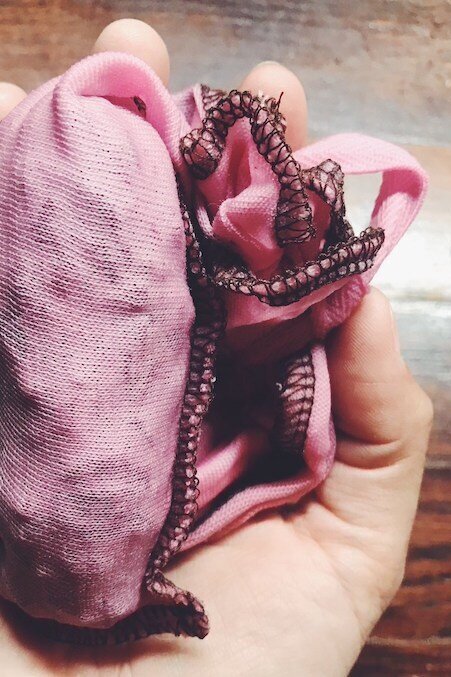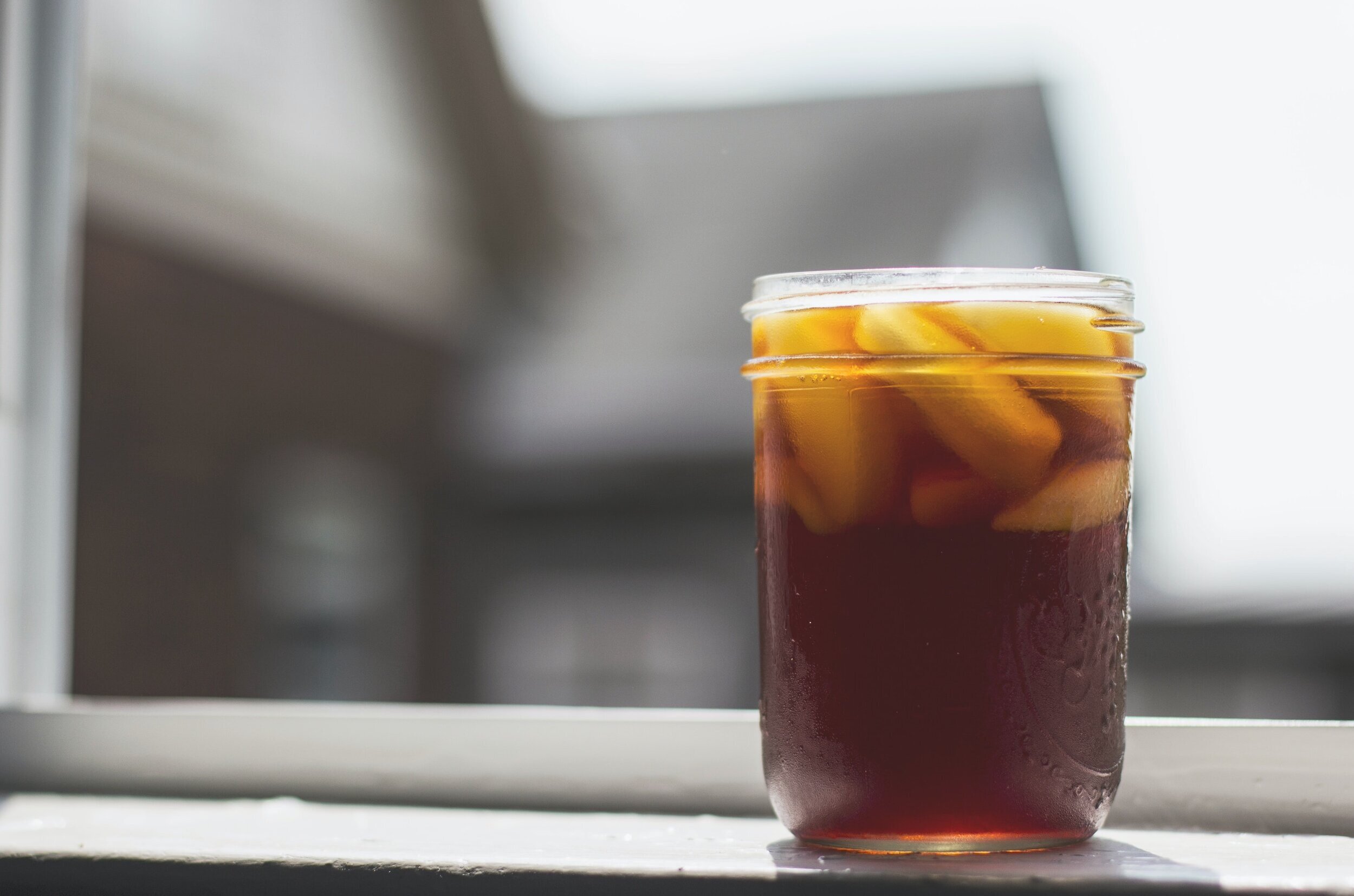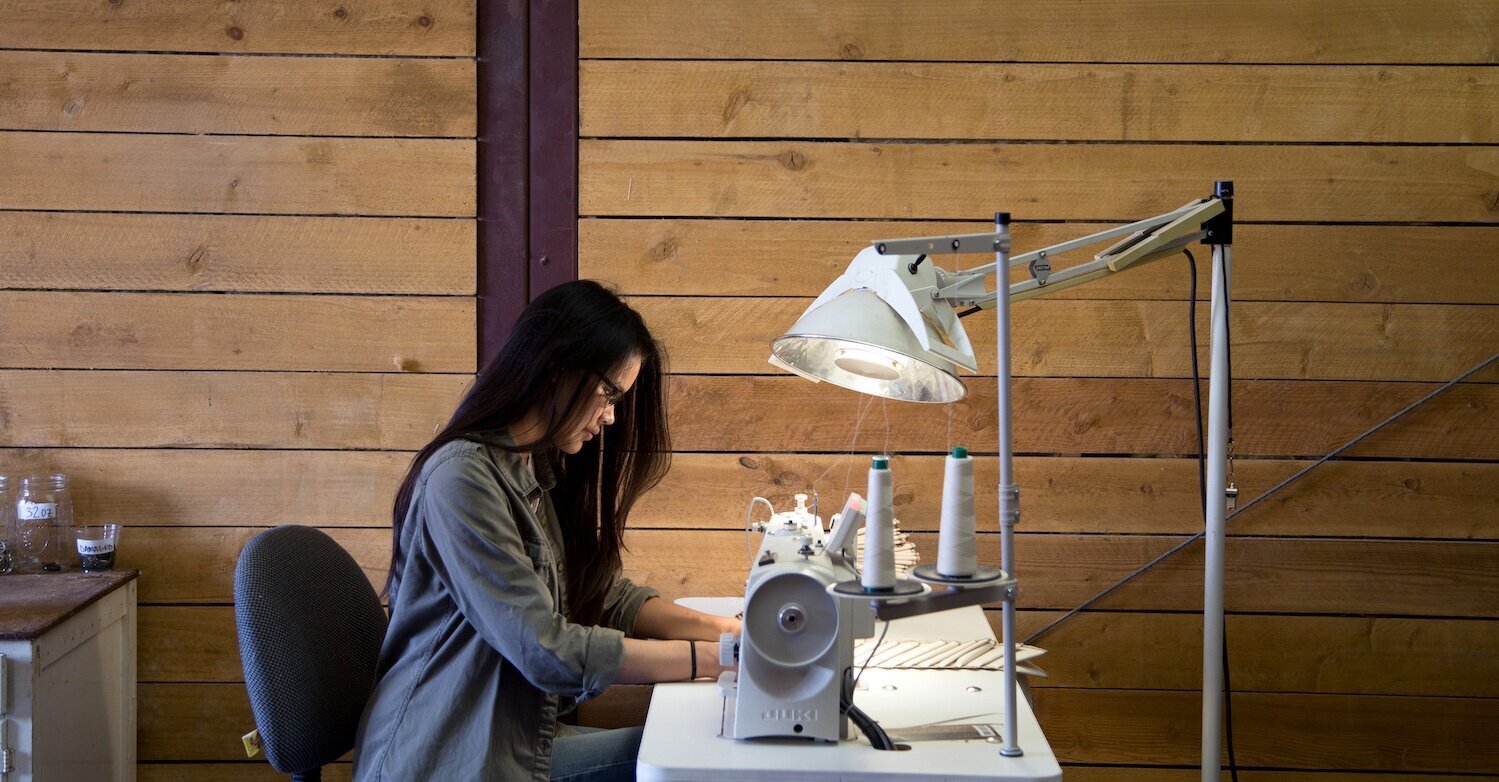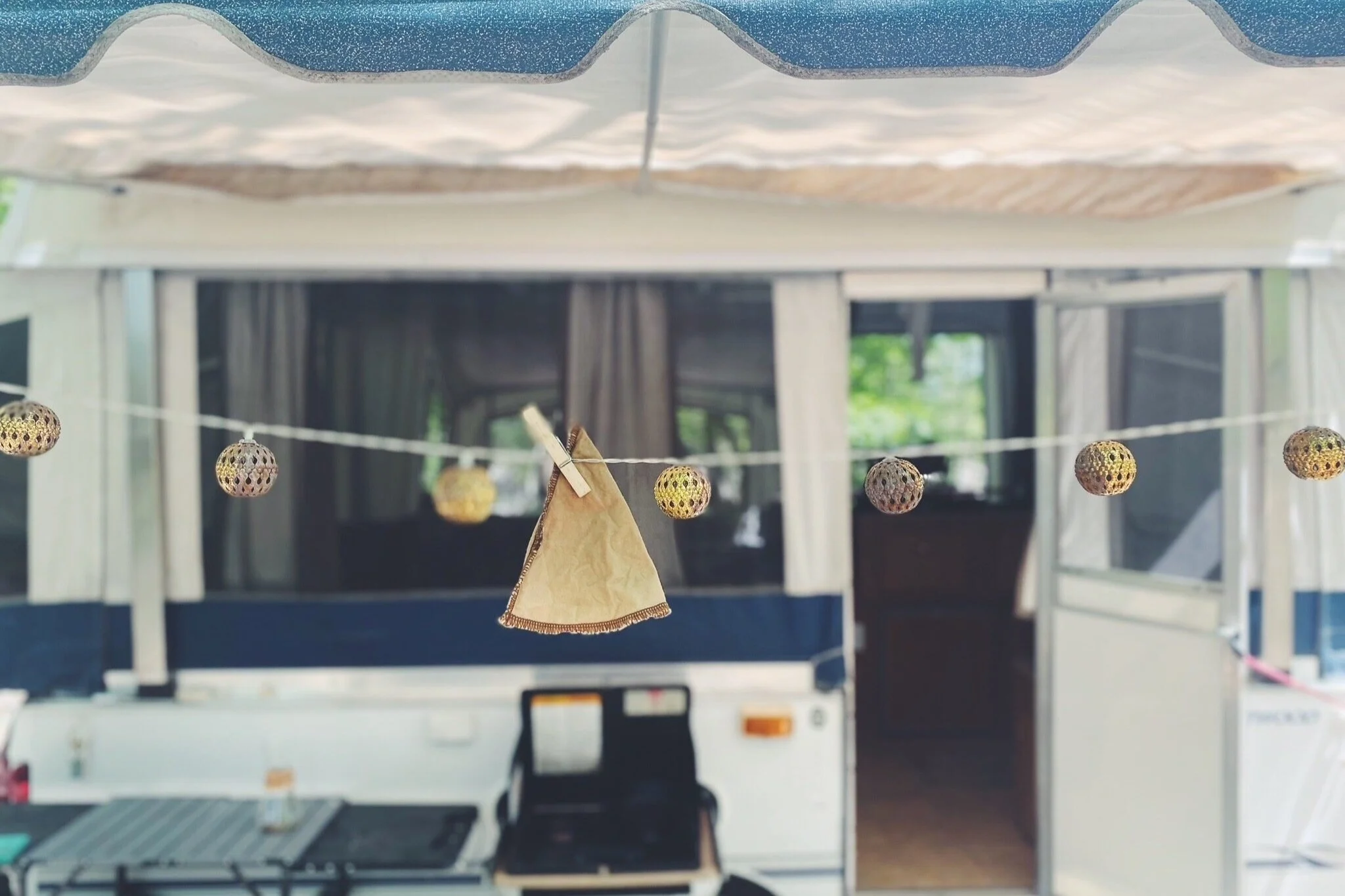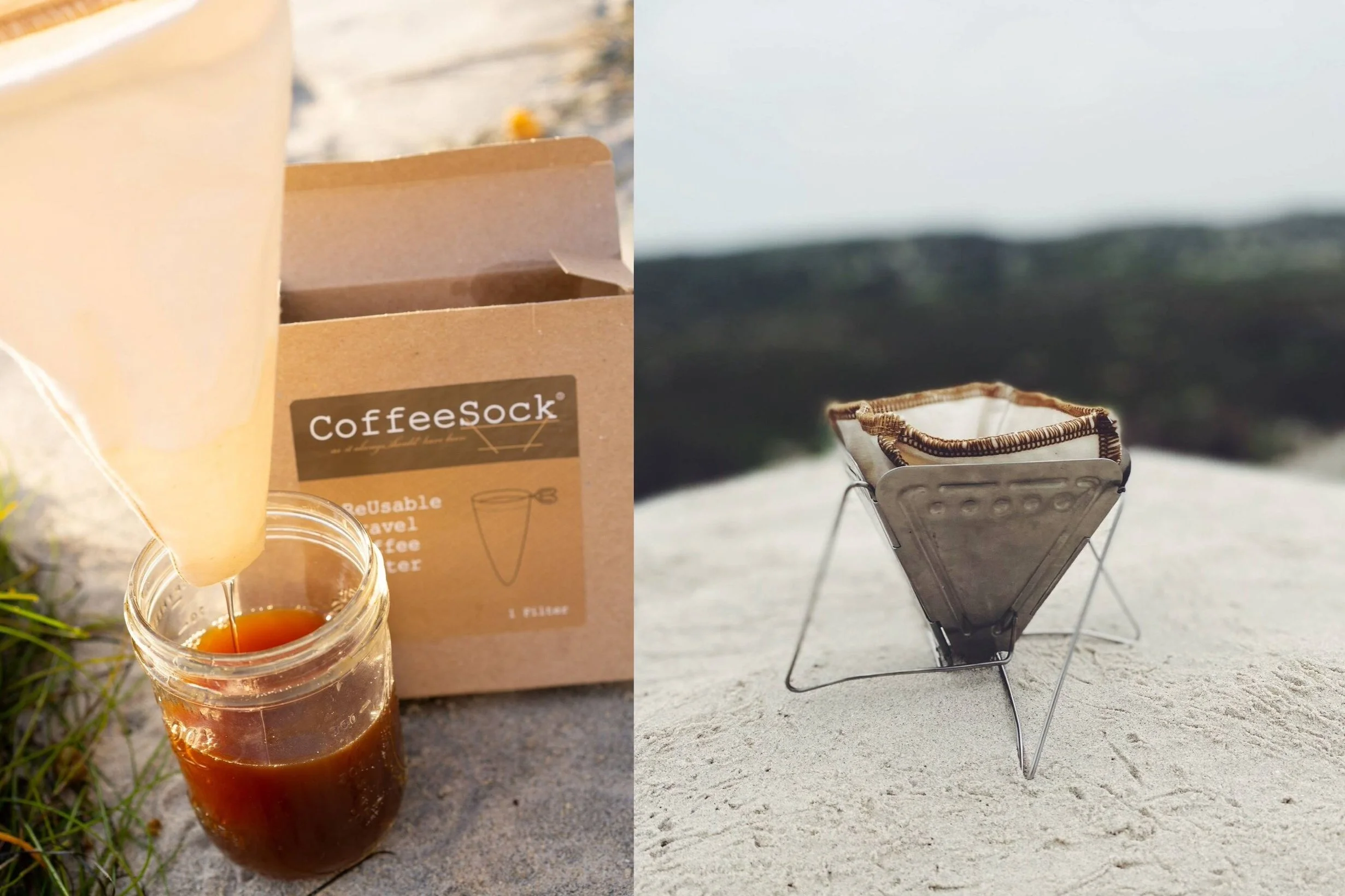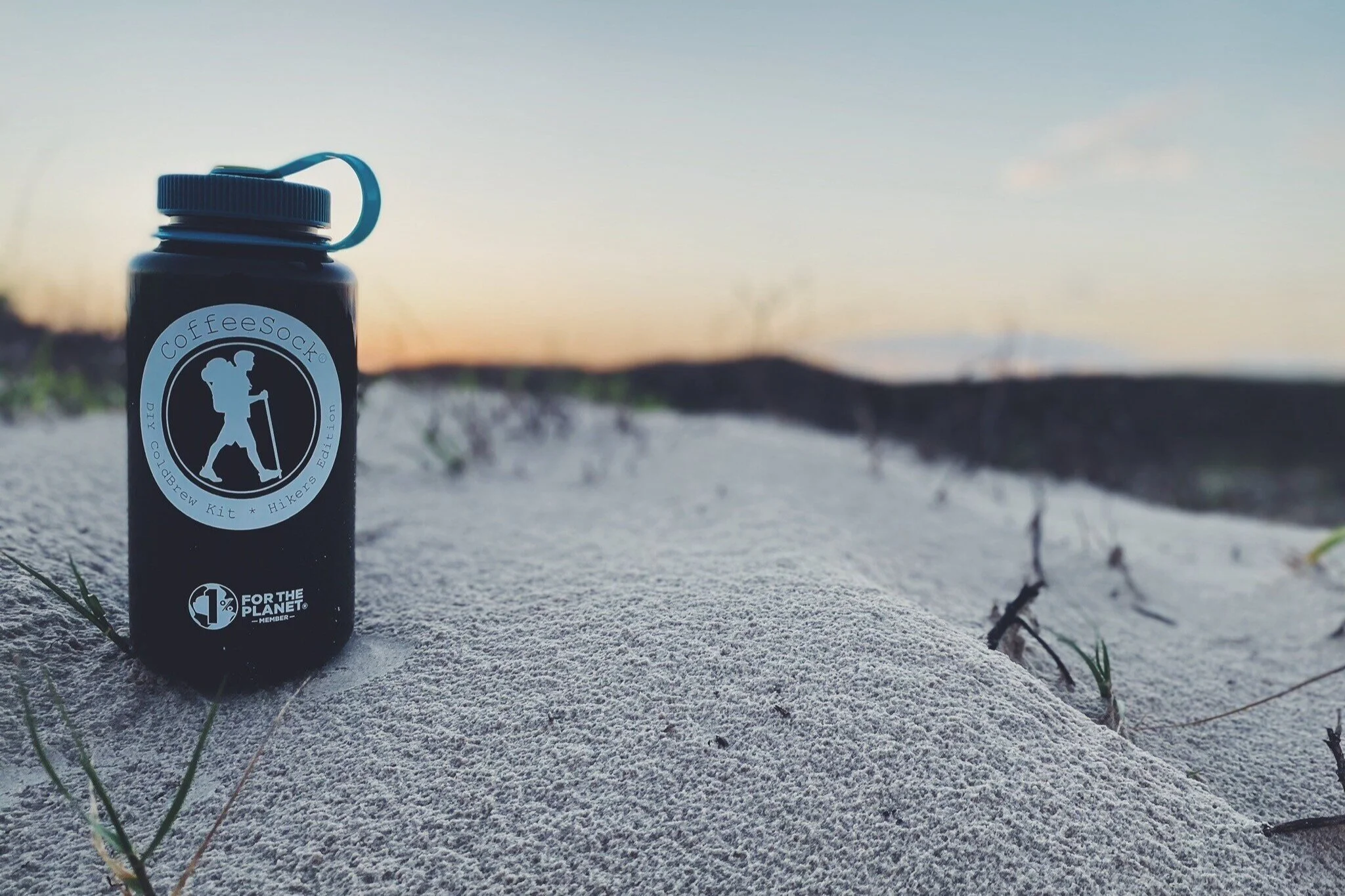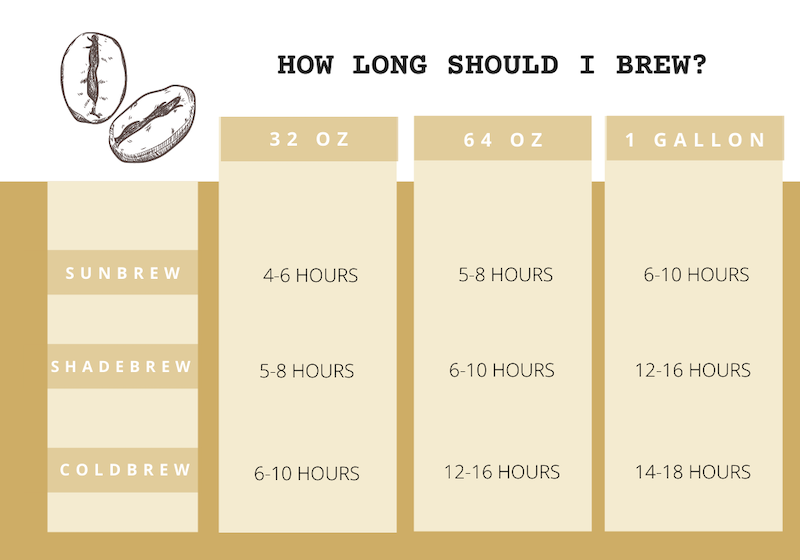They’re easy to store, have a million uses, and expand to hold all the produce you want to buy. That’s why we love French market bags—they’re an earth-friendly forever classic.
You probably have a lot of reusable bags. There’s the bags by the front door, the ones in your pantry or under your sink, the ones you have handy for your plane, train, or automobile commute, and the ones you have stashed inside of other bags!
And if some of those bags are the retro French market variety, then you already know what we’re about to say. These bags are some of our favorites.
Why? Because they’re inexpensive, super easy to stash anywhere, expand to hold a lot, and they double as air driers.
Need to be convinced? This is our ode to the French market bag.
Small but mighty
These string bags have been around for more than a century—for good reason. Fishermen have known for ages that the woven string structure can support a lot of weight as they haul up literal tons of wet fish each day.
The story goes that in the 1800s in Normandy, France, some genius started using the same material to make bags for carrying goods back and forth to market. And these iconic bags are still made in France, though we’ve caught on here in the states too.
Unfilled, the bags are small and can fit just about anywhere. When you’re ready to shop, you can load a high-quality market bag with 30+ pounds of goods. (Although we wouldn’t want to carry a bag that heavy home from market.) This flexibility is key for shopping, as anyone knows who has tried to arrange items from the store into less flexible bags.
They double produce storers
Once you’ve got those onions and potatoes home from the market, the best storage method may be the same one you used to bag them up. Lots of veggies prefer to be stored in a cool, dark and ventilated space. If you can hang a mesh bag of onions in a cool place away from direct sunlight (think a pantry, cabinet, or shadowy kitchen nook) the air flow will help them last longer.
They triple as air driers
When I was a kid in Girl Scouts, we brought our own reusable dishes and eating utensils in mesh bags. After we used our personal set, we washed them, put them in the mesh sack and strung them up to dry. No dish rack needed and definitely on paper plates or plasticware.
Same thing for our wet swim suits and other washable cloth. Just toss them in the bag and hang on a tree branch and they’ll be dry and ready wear by morning. (But do check the forecast for rain.)
Bonus: They’re affordable, cute, and will last a long time
Of all the products you can buy with the “eco-friendly” label, not many will cost you less than $10 and last you for years. But our favorite French market bag costs $7.
Interested? You can pick one up right here at CoffeeSock.




